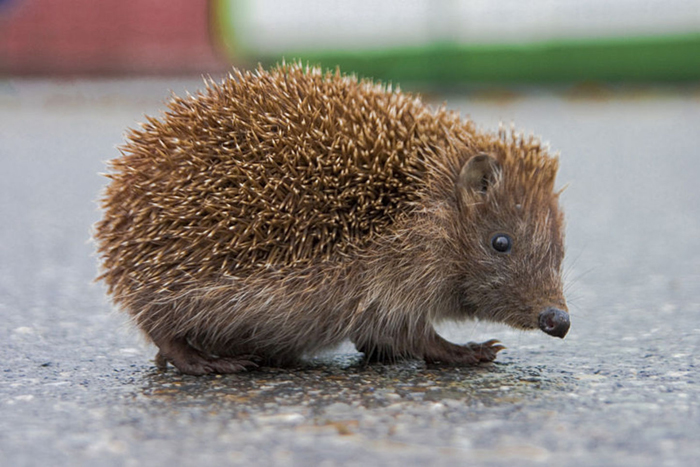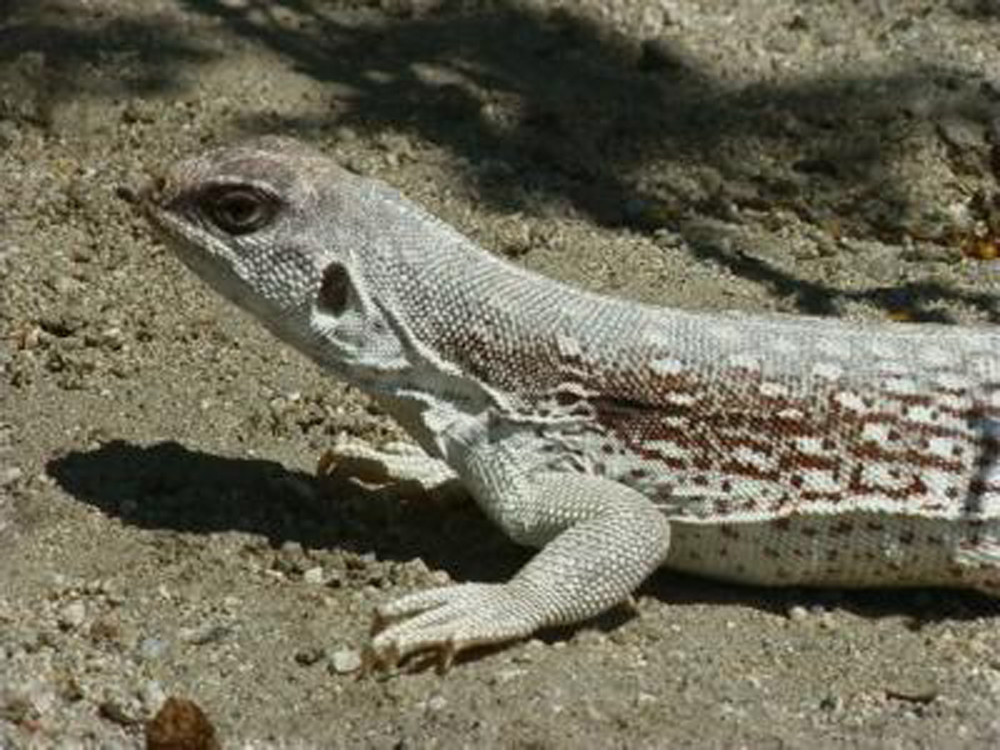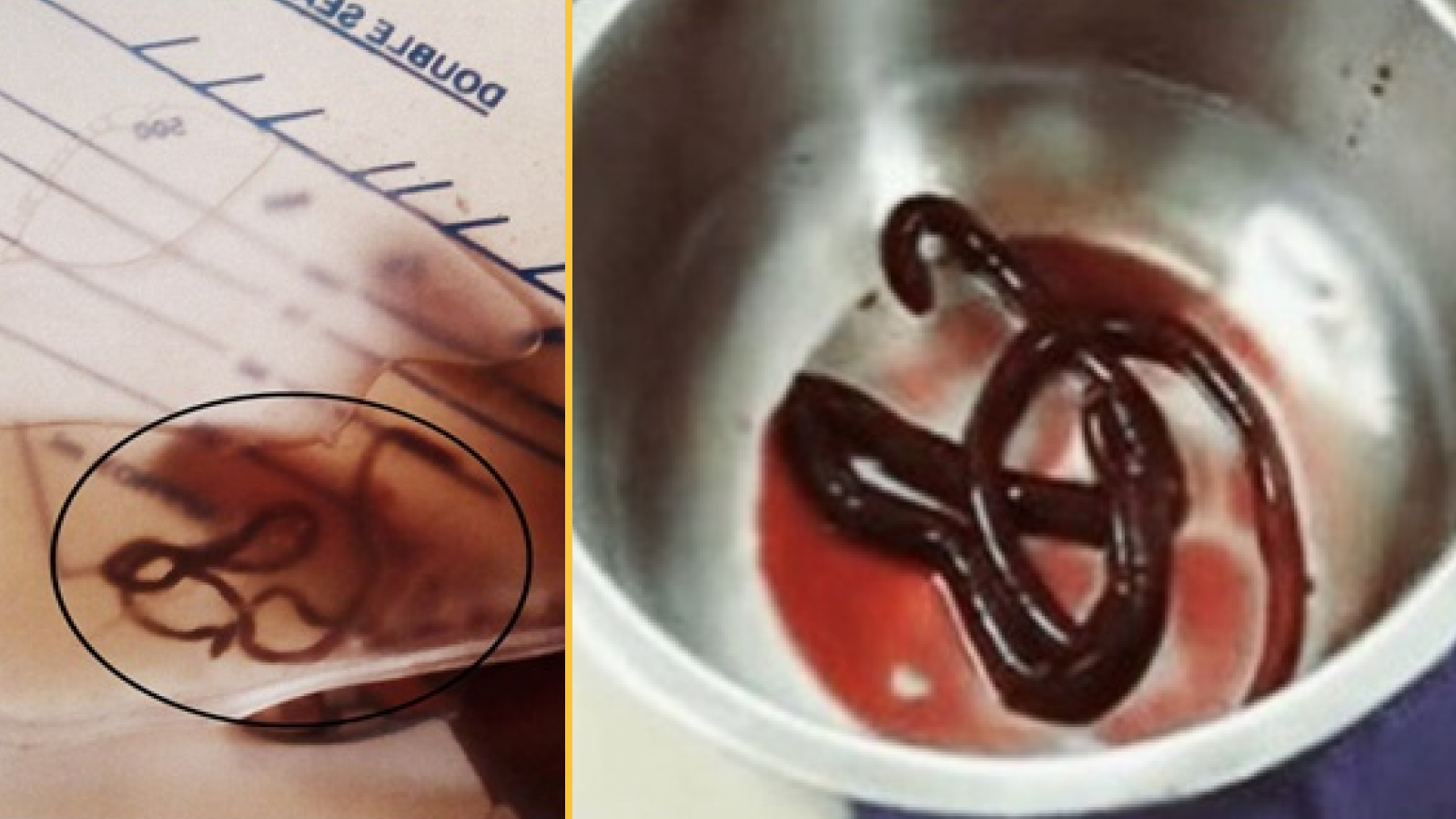
Alina Bradford
Latest articles by Alina Bradford
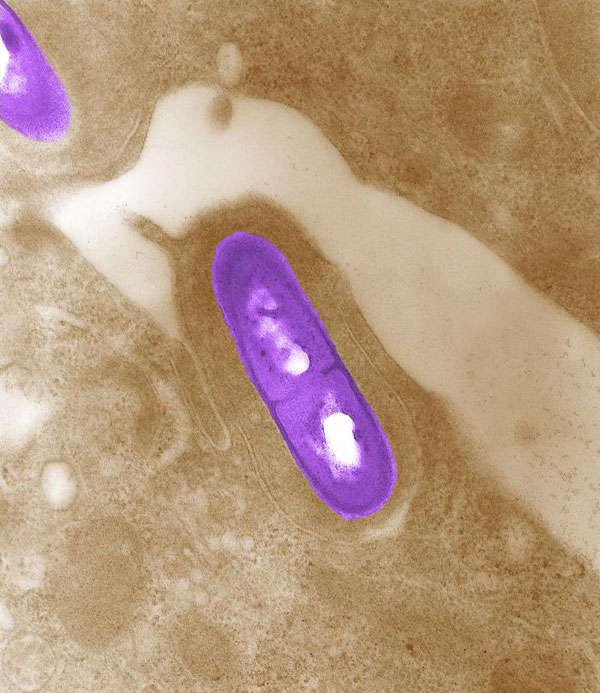
Listeria Infection: Symptoms & Treatment
By Alina Bradford published
Listeriosis is a bacterial infection typically caused by eating contaminated food.
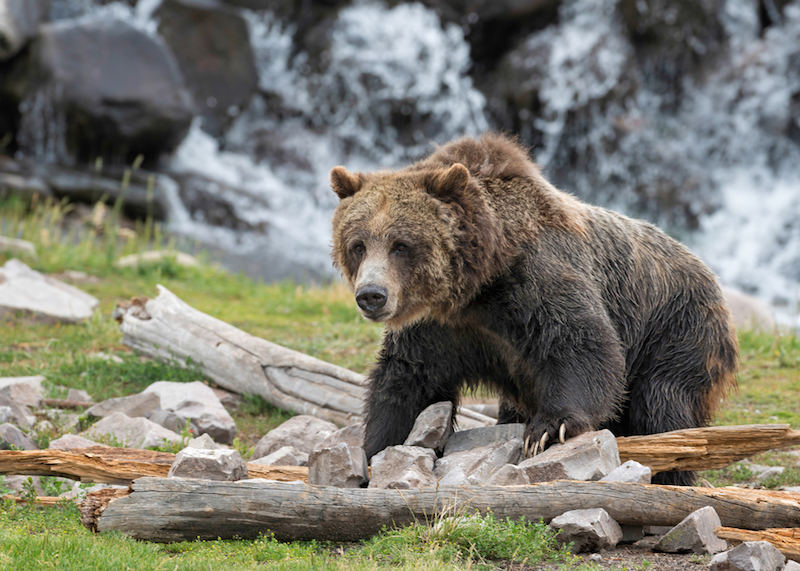
Omnivores: Facts About Flexible Eaters
By Alina Bradford published
Omnivores are the most flexible eaters of the animal kingdom; they eat both plants and meat.
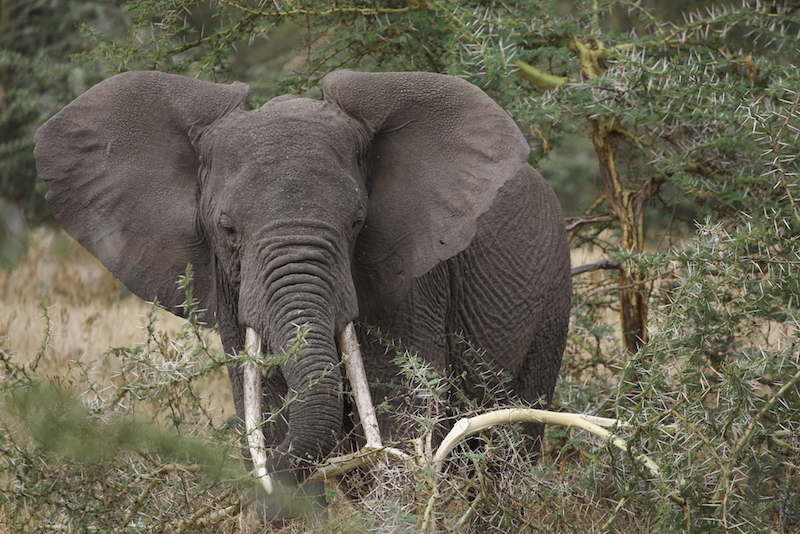
Herbivores: Facts About Plant Eaters
By Alina Bradford published
An herbivore is an animal or insect that only eats vegetation, such as grasses, fruits, leaves, vegetables, roots and bulbs.
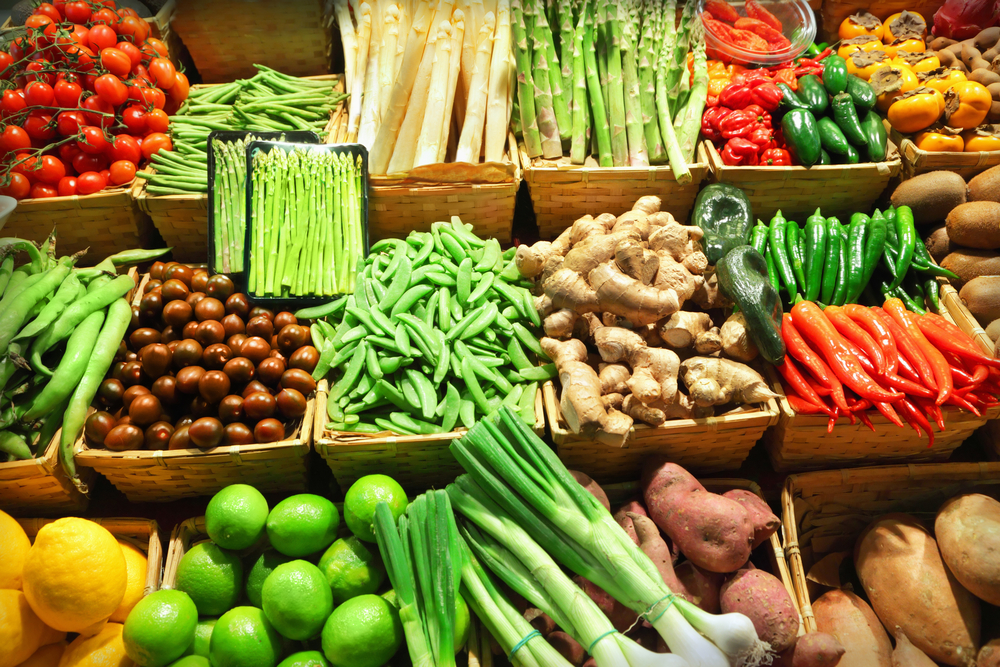
Food Labels: Definition of Natural & Organic
By Alina Bradford published
"Natural" and "organic" are common on food labels, but the terms can be confusing. There are, however, specific definitions for each term.

Facts About Sheep
By Alina Bradford published
There are thousands of breeds of domestic sheep, and at least four species of wild sheep.
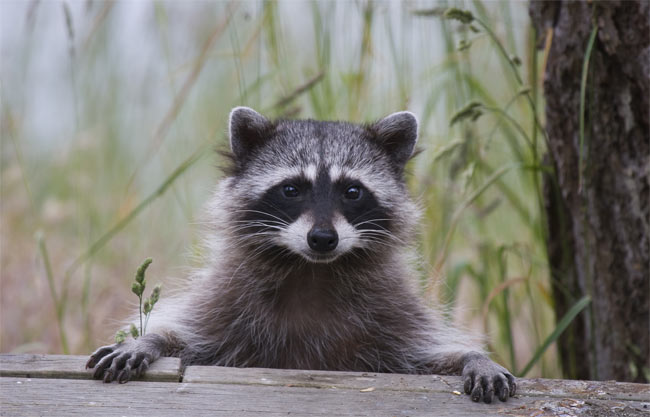
Facts About Raccoons
By Alina Bradford published
The masked bandits of the animal kingdom they live in a wide range of climates and habitats.

Facts About Wombats
By Alina Bradford published
Wombats are small marsupials that look like a cross between a bear, a pig and a gopher.
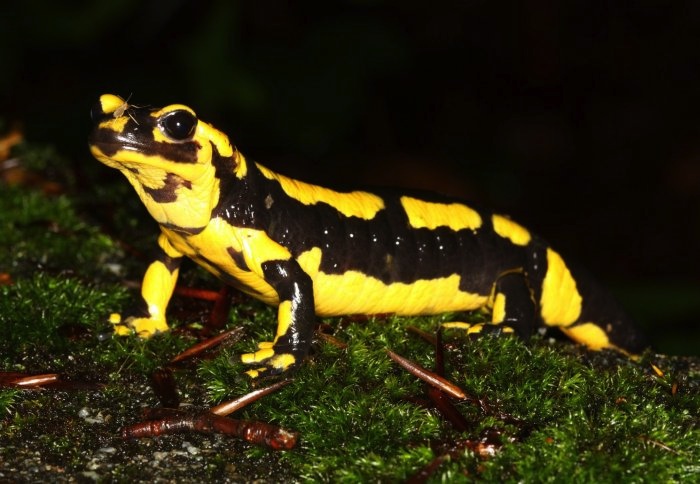
Facts About Salamanders
By Alina Bradford published
Salamanders are amphibians that look like a cross between a frog and a lizard. Species include newts, mudpuppies and hellbenders.

Facts about dingoes
By Alina Bradford published
The dingo is a wild, medium-size canine that has roamed Australia for thousands of years.
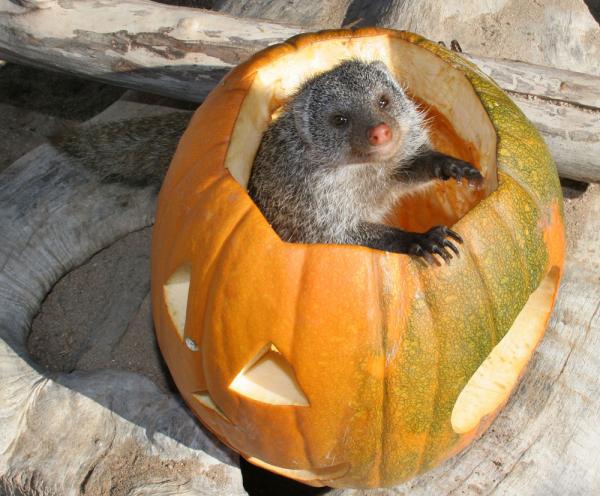
Mongoose Facts
By Alina Bradford published
The mongoose is a long, furry creature with a legendary reputation as a ferocious snake fighter.

Facts About Impalas
By Alina Bradford published
Impalas are medium-sized antelopes that are native to Africa. They are great jumpers that use their speed to escape predators.
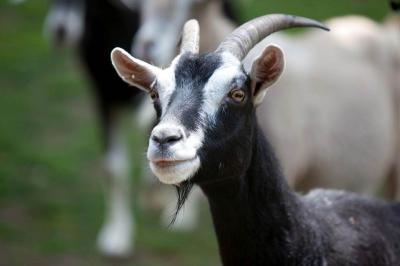
Facts About Goats
By Alina Bradford published
Goats are among the earliest domesticated animals. Mountain goats live in steep, rocky areas.
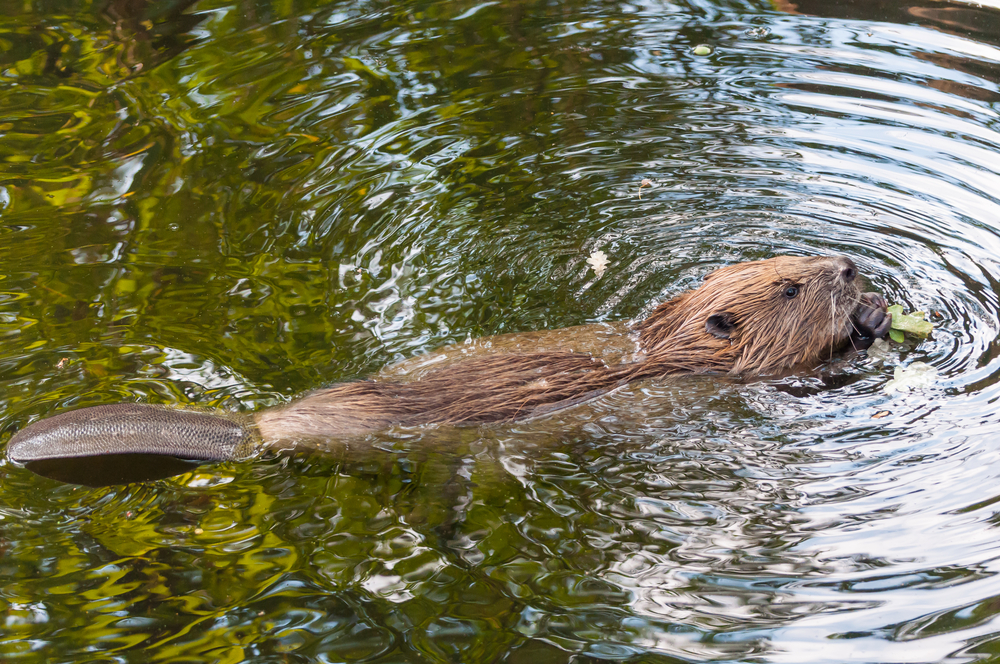
Facts About Beavers
By Alina Bradford published
The phrase "busy as a beaver" aptly describes these big-toothed rodents that can change the landscape and their environment.
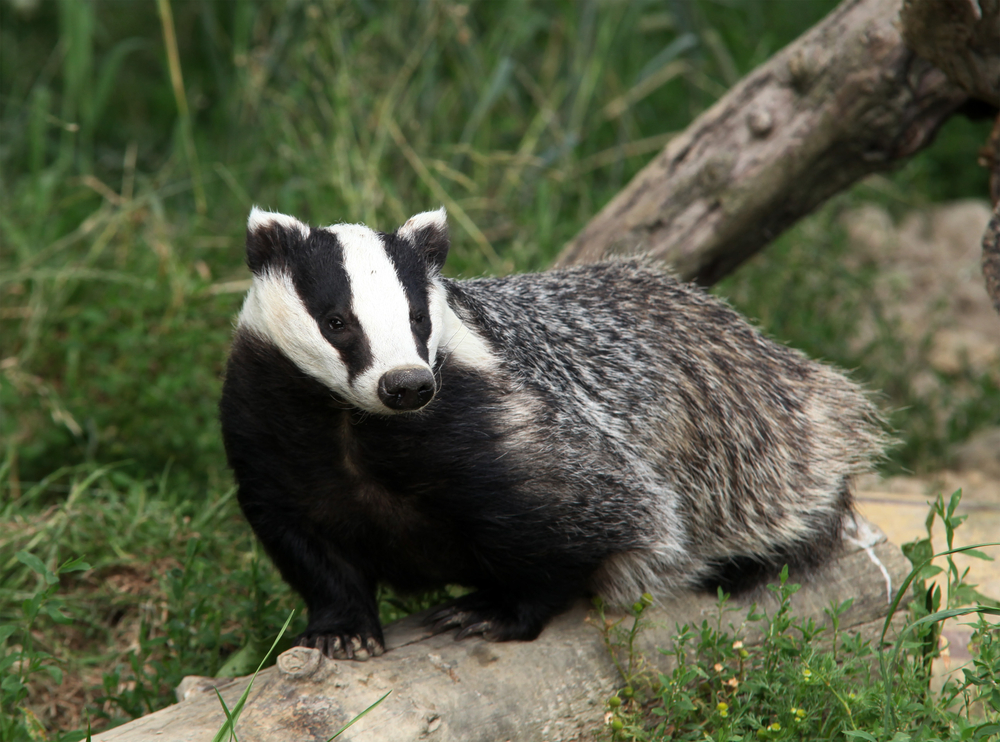
Facts About Badgers
By Alina Bradford published
Badgers are small mammals that are ferocious hunters and members of the largest family of carnivores.
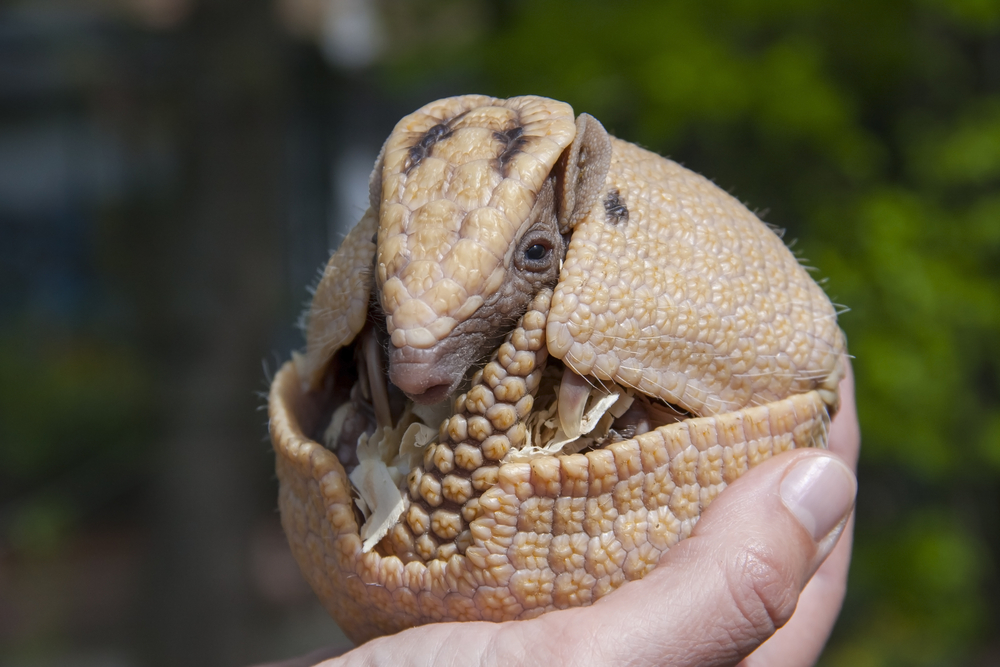
Armadillo Facts
By Alina Bradford published
Armadillos are small mammals with a shell of armored plates that protect them from predators.

The Tongue: Facts, Function & Diseases
By Alina Bradford published
The tongue is a mighty flexible organ. It enables licking, breathing, tasting, swallowing and speaking.
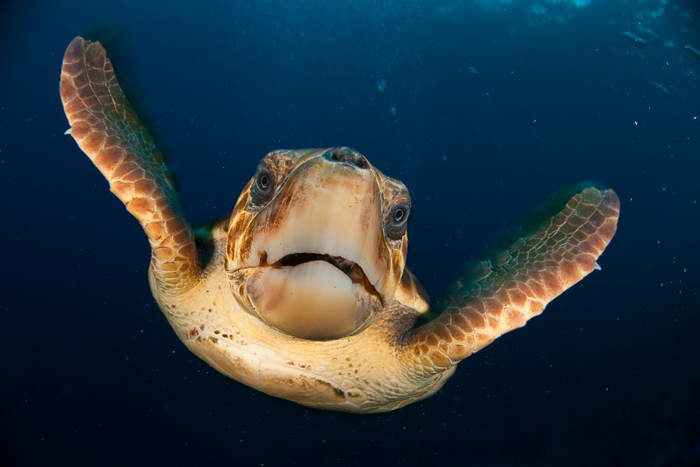
Turtle Facts
By Alina Bradford published
Turtles, tortoises and terrapins are reptiles with protective shells. They live on land, in the ocean and in lakes and rivers. There are more than 300 species.
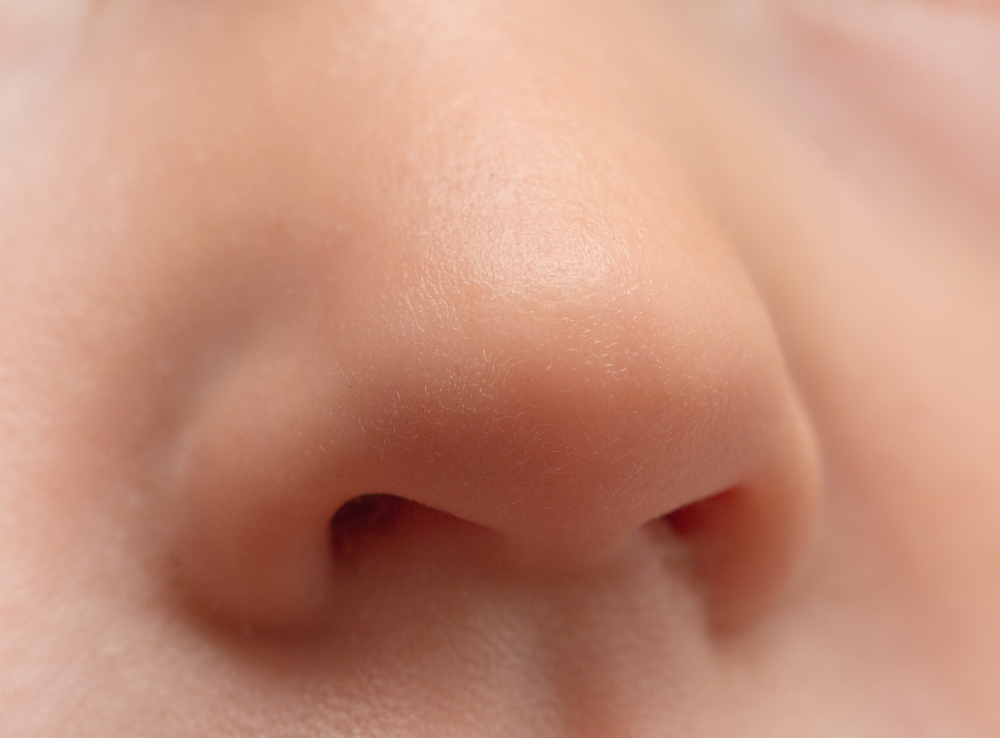
Nose: Facts, Function & Diseases
By Alina Bradford published
The nose is part of the respiratory system and also contributes to other important functions, such as hearing and tasting.

Stomach: Facts, Functions & Diseases
By Alina Bradford published
The stomach is a bean-shaped sack located behind the lower ribs. It is the first stop in the digestive tract before food moves on to the small intestine.
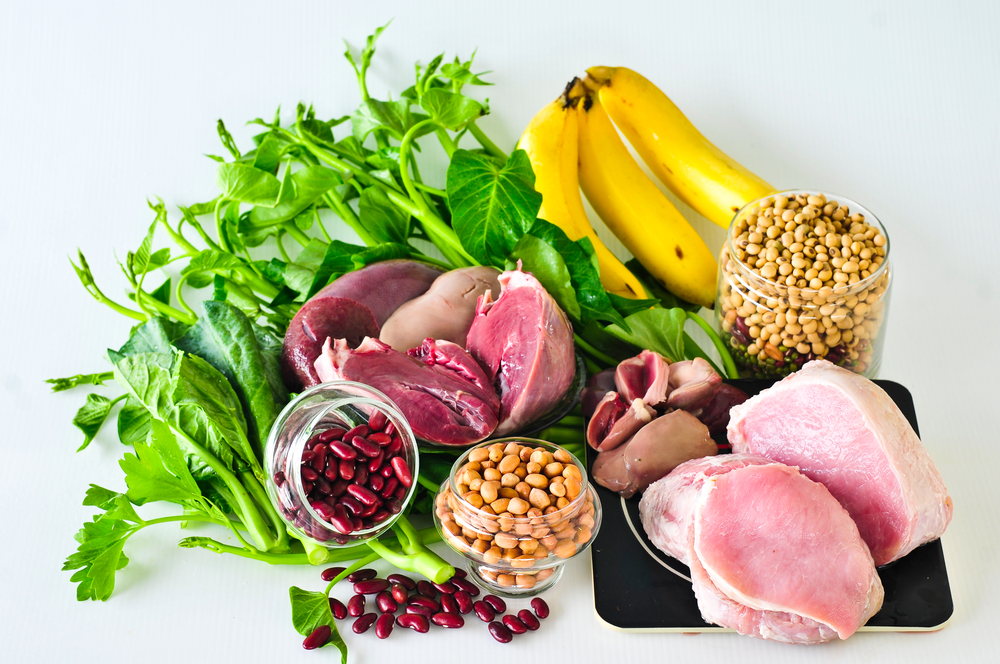
Vitamin B6: Sources & Benefits
By Alina Bradford published
Vitamin B6 is important to maintaining a healthy body and developing a healthy brain.
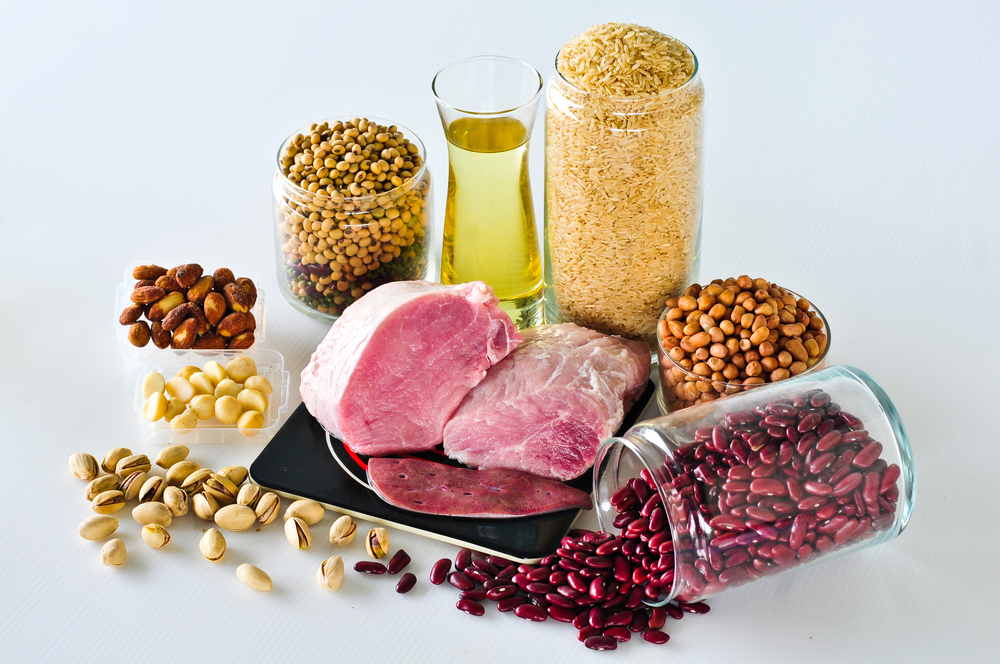
What is Thiamine (Vitamin B1)?
By Alina Bradford published
Vitamin B1, also called thiamine, is a B complex vitamin. It is found in many foods and is vitally important to keeping a body operating properly.

What is Biotin (Vitamin B7)?
By Alina Bradford published
Vitamin B7, also called biotin, is a vital part of a healthy metabolism and creating important enzymes.
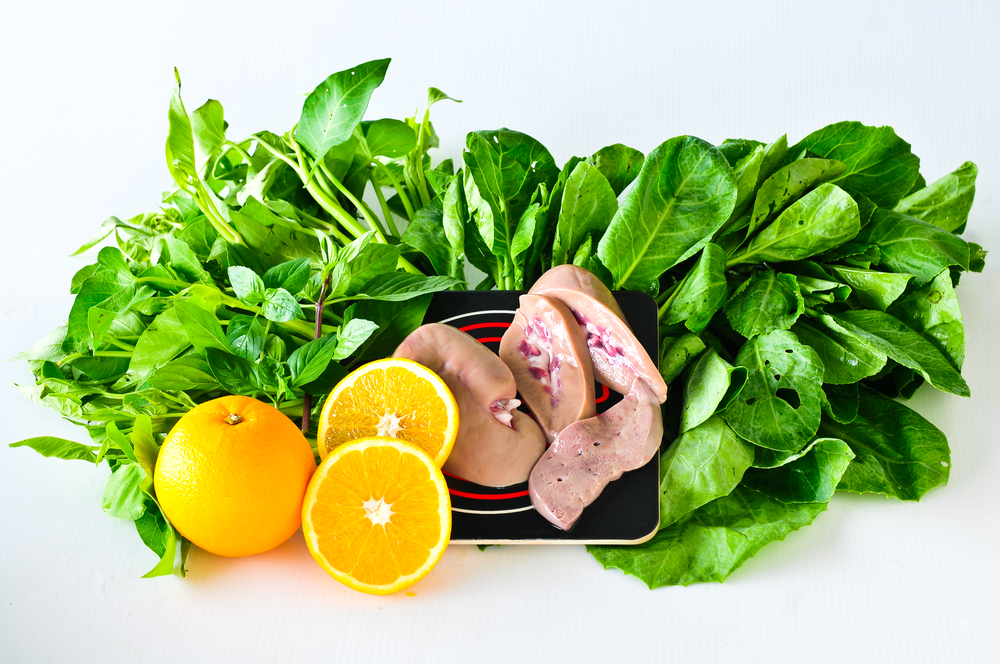
What Is Folic Acid (Folate)?
By Alina Bradford published
Folic acid is a synthetic form of folate, also known as vitamin B9. It is commonly prescribed for pregnant women.
Sign up for the Live Science daily newsletter now
Get the world’s most fascinating discoveries delivered straight to your inbox.
